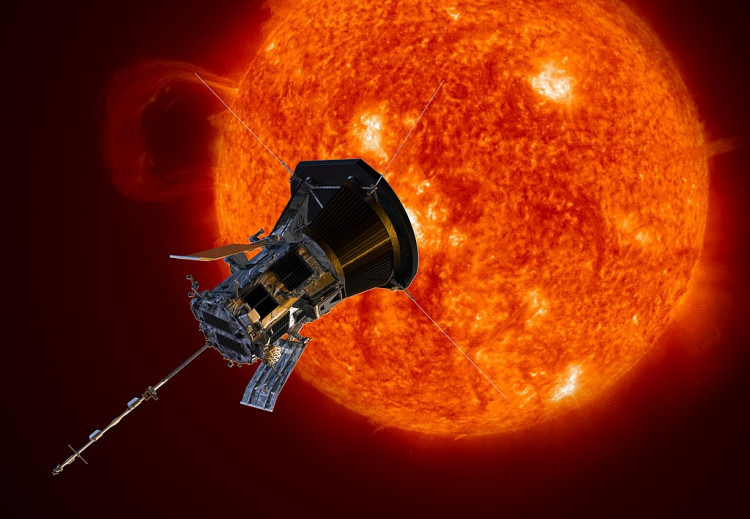SpaceWeatherLive, a website that monitors solar activity, has revealed the sun has exploded every day in February, with some days featuring multiple flares.
Perhaps the most dramatic was a huge coronal mass ejection (CME) and solar flare that exploded from the sun's far side just before midnight on February 15. According to Science Alert, based on the scale, the eruption could have been in the most powerful category of which our sun is capable: an X-class flare.
Because the flare and CME were directed away from Earth, we are unlikely to witness any of the impacts associated with a geomagnetic storm, which occurs when material from the eruption collides with the Earth's atmosphere.
Communication outages, electrical grid fluctuations, and auroras are all examples of these events. However, the increased activity indicates that such storms may be on the way soon.
"This is only the second farside active region of this size since September 2017," astronomer Junwei Zhao of Stanford University's helioseismology group told SpaceWeather.
"If this region remains huge as it rotates to the Earth-facing side of the sun, it could give us some exciting flares."
The month of February has already seen three M-class flares, the second-most intense flare category: an M1.4 on Feb. 12, an M1 on Feb. 14, and an M1.3 on Feb.15. In January, there were also five M-class flares.
The minor geomagnetic storm that knocked 40 recently launched Starlink satellites out of low-Earth orbit occurred after an M-class flare on January 29. Ejecta from a solar eruption typically takes a few days to reach Earth, depending on the speed of the material. So far, the remainder of February's flares have been in the milder C-class category.
While this may appear frightening, it is fairly common for our sun as it ramps up its activity in the run-up to and during solar maximum - the most dramatic period of its activity cycle.
While the sun appears to us on Earth to be rather stable from day to day, it actually moves through 11-year activity cycles with clearly defined minimum and maximum points. This cycle is based on the sun's magnetic field, which alternates between north and south magnetic poles every 11 years.
The solar maximum is expected to occur around July 2025. It remains to be seen whether the rest of the cycle will proceed in the same manner, but a crazy Solar Cycle is definitely something we're looking forward to... as long as it doesn't deliver another disastrous Carrington Event.






